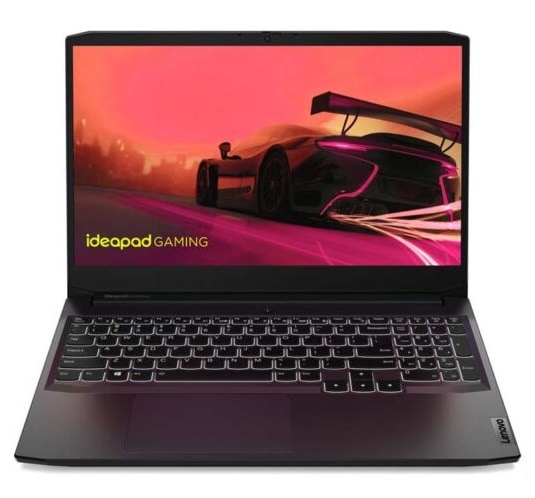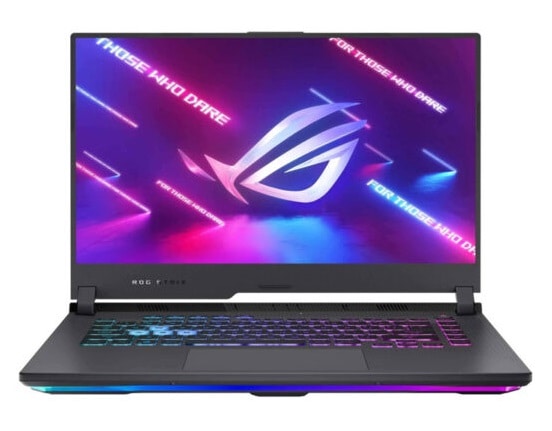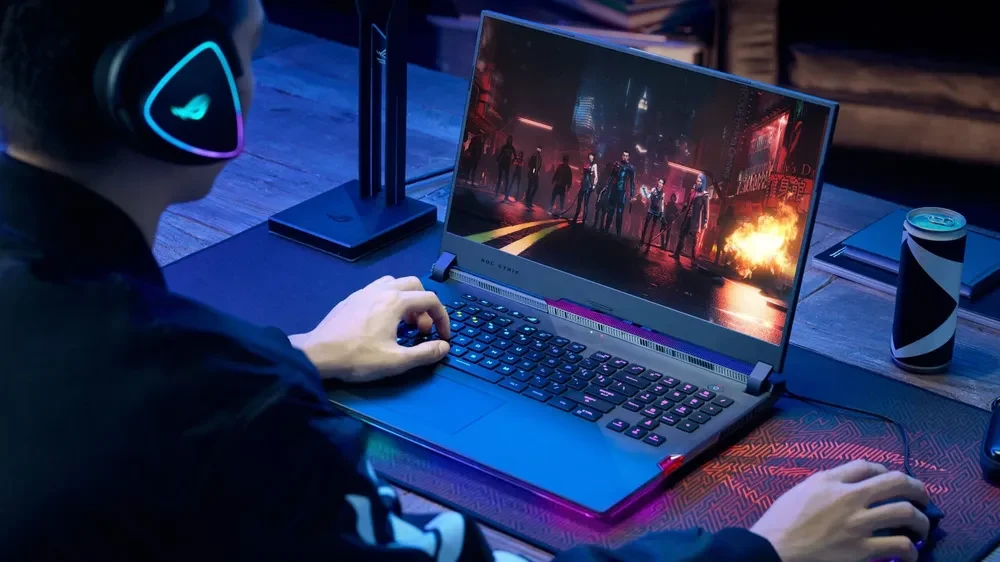Thanks to the wonders of innovation, today’s gamers can now grind their way to glory in titles such as League of Legends, Call of Duty: Modern Warfare, and Fortnite at any time and any place. Originally reserved for desktops and gaming consoles, today’s machines can handle even the heaviest of games with almost no issues.
But what is the best cooling system gaming laptop setup? Most gaming laptops end up sounding like F-16 Fighting Falcons once put through the wringer of handling games that require top-notch GPUs and other related specifications.
Overheating is the enemy of laptops everywhere. For gamers, especially, it means that a computer will start dropping frames and underperforming. It’s frustrating, which is why getting the best gaming laptop cooling system is so important.
This has necessitated the implementation of astute, sophisticated cooling systems designed to prevent overheating and seamlessly handle heavy programs.
Wondering what’s the best cooling system for gaming laptop players? We got you covered. Read our detailed guide below.
Are Laptops With the Best Cooling System Worth It?
If you’re someone who loves video games pretty regularly, an excellent cooling system should be near the top of your priorities list the next time you invest in a laptop. Top-notch performance and power can only be achieved if a laptop has an adequate cooling system to prevent it from overheating and frying up.
Are cooling pads worth it for gaming laptops? Some people may choose to purchase this add-on component if they only need an extra source of ventilation and don’t feel like moving on from their current laptop entirely. Nowadays, these products come in a variety of shapes and sizes and can be placed internally or simply beneath the laptop’s case.
What Should I Look For in Laptops With Best Cooling System?
Which gaming laptop has best cooling system? While there is no definitive answer, the following list of air-bending maestros serves two purposes. These are recommendations for laptops with superior cooling systems, and give you a guide as to what specifications you should be monitoring the next time you scroll through PC International’s catalogue of cutting-edge machinery.
1. Lenovo IdeaPad Gaming 3

For gamers on a budget, Lenovo’s IdeaPad Gaming 3 is an excellent choice. Possessing an FHD IPS display with a 60Hz refresh rate, 8GB RAM, and 256GB SSD storage, the laptop also contains an impressively sophisticated cooling system. This allows it to keep the CPU and GPU running smoothly albeit its thinner build compared to others of its kind.
Despite the IdeaPad’s middling battery life standing at six-and-a-half hours, for the price point it’s currently listed at, you’re still getting a laptop that has tons of connectivity options. It’s an astutely designed laptop costing far less than you’d expect to pay for a laptop of this calibre.
2. Acer Predator Triton 300

As the most expensive pick on this list, Acer’s Predator Triton 300 can end up making you feel like you’ve secured yourself a bargain. With a stunning RGB back-lit keyboard, 14-inch FHD display, 16GB of RAM and 1TB SSD, all this machinery is effectively cooled off by a highly impressive 4th Gen All-Metal AeroBlade 3D fan. You’re truly getting more than you pay for with this model.
The battery life is fairly average, although this is common to most gaming laptops. We recommend using it plugged in if you don’t want to pause halfway through a game! It’s certainly a worthy investment that offers strong performance and the power to run any game or program of your choosing.
3. Asus ROG Strix G15

For those who love to play video games and simultaneously multitask, Asus’ ROG Strix G15 – from its gaming laptop industry-famous Republic of Gamers product line – is a wise pickup. It boasts a powerful CPU and GPU that will enable high-FPS gaming and simple picture or video editing. You can also utilise its ample storage space to keep all of your games, pictures, and movies.
The display’s 300Hz refresh rate and FHD resolution make it excellent for college students who need something to run heavy design programs. Its wide range of connectivity options means that you’re able to connect to plenty of your external devices, and this wouldn’t be on the list if it weren’t also for its impressive cooling system.
The Importance of a Laptop’s Cooling System

Today’s laptop manufacturers are challenged with satisfying the customers’ demands of fitting everything a massive desktop PC tower can do into something that fits through a letterbox. With every component being so compressed inside that little case, it’s no wonder that most laptops are prone to overheat pretty easily.
There’s also a reason why most gaming laptops often feel like bricks; the extra room inside their cases allows the cooling system’s air to disperse easily, and these devices usually feature sophisticated airflow paths which enable cleaner airways and heat to escape. Above all else, a laptop with a superior cooling system helps extend its lifespan.
This is why some people ask, are cooling pads worth it for gaming laptops? External cooling pads enable you to pick up a laptop that might not deal with heat so efficiently but is the right one to fulfil the rest of your needs.
Which gaming laptop does not overheat? In a sense, all gaming laptops are eventually prone to overheating once you’ve used them for a while, but some models simply have better-designed airways and ducts that allow heat to escape more effectively.
There is no laptop that doesn’t overheat, but in a vacuum, the options listed above are better equipped to handle heavy demands.
How Does a Laptop’s Cooling System Work?
To keep the CPU, motherboard, and other components cool, the majority of systems employ a fan and heat sinks. Each has a unique set of advantages and drawbacks, and a laptop that is properly cooled will use less energy and won’t overheat as rapidly.
The fundamental benefit of a heat sink coolant – the system seen in most gaming laptops – is that it dissipates warmth by using convection thermodynamics. Heat sinks are constructed from materials with thin fins that are engineered to conduct heat. These heat-absorbing components draw air in and exhaust it using a fan, which is usually connected to the motherboard and is managed by sensors. The fan speed decreases as the internal temperature rises.
Wrap Up
To those of you asking which gaming laptop does not overheat? The simplest answer is, all of them do! Some of them are just better equipped to handle it than others. Check out the selection above.
We hope that this guide to which gaming laptop has the best cooling system helps you to take this all-important component into account when you make a laptop purchase at PC International.



